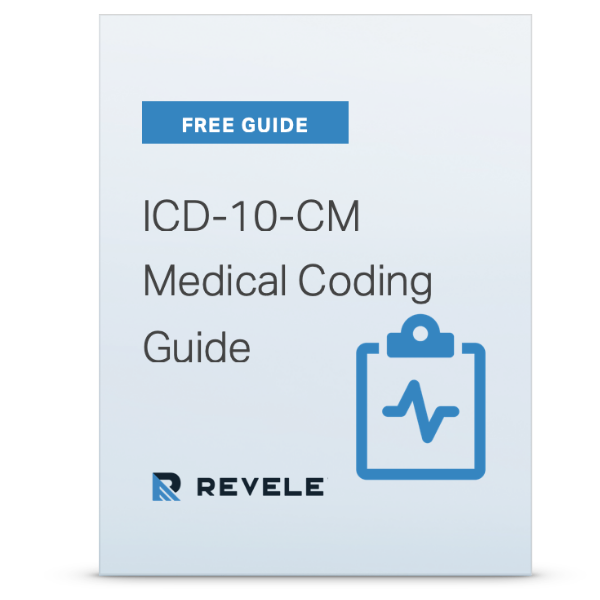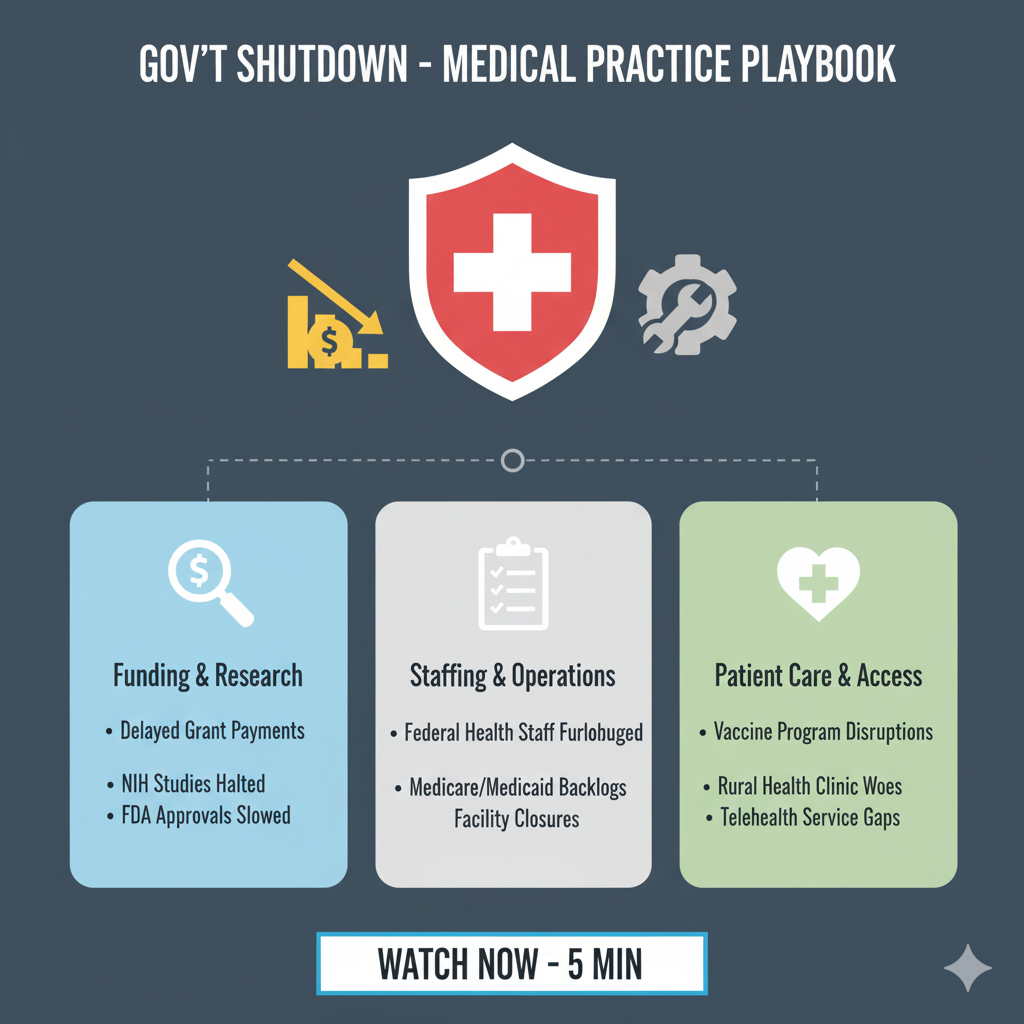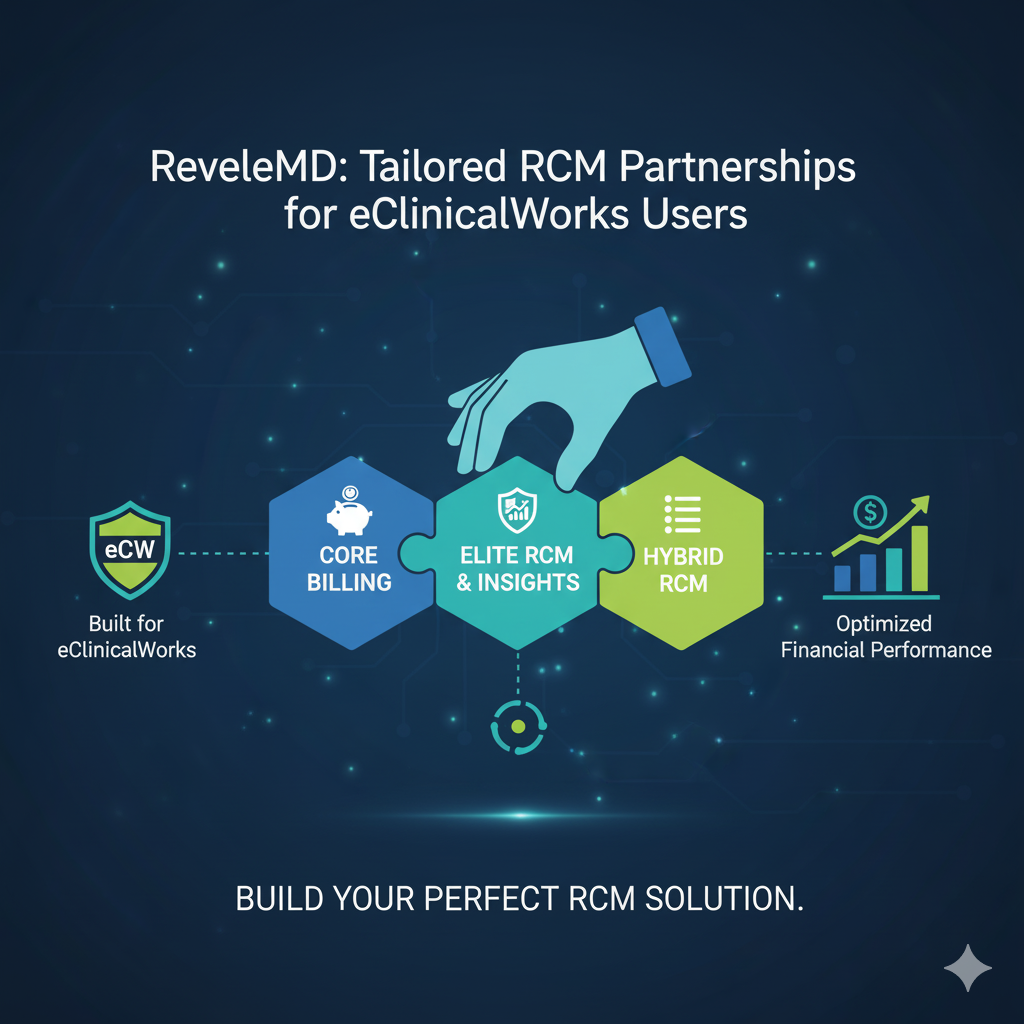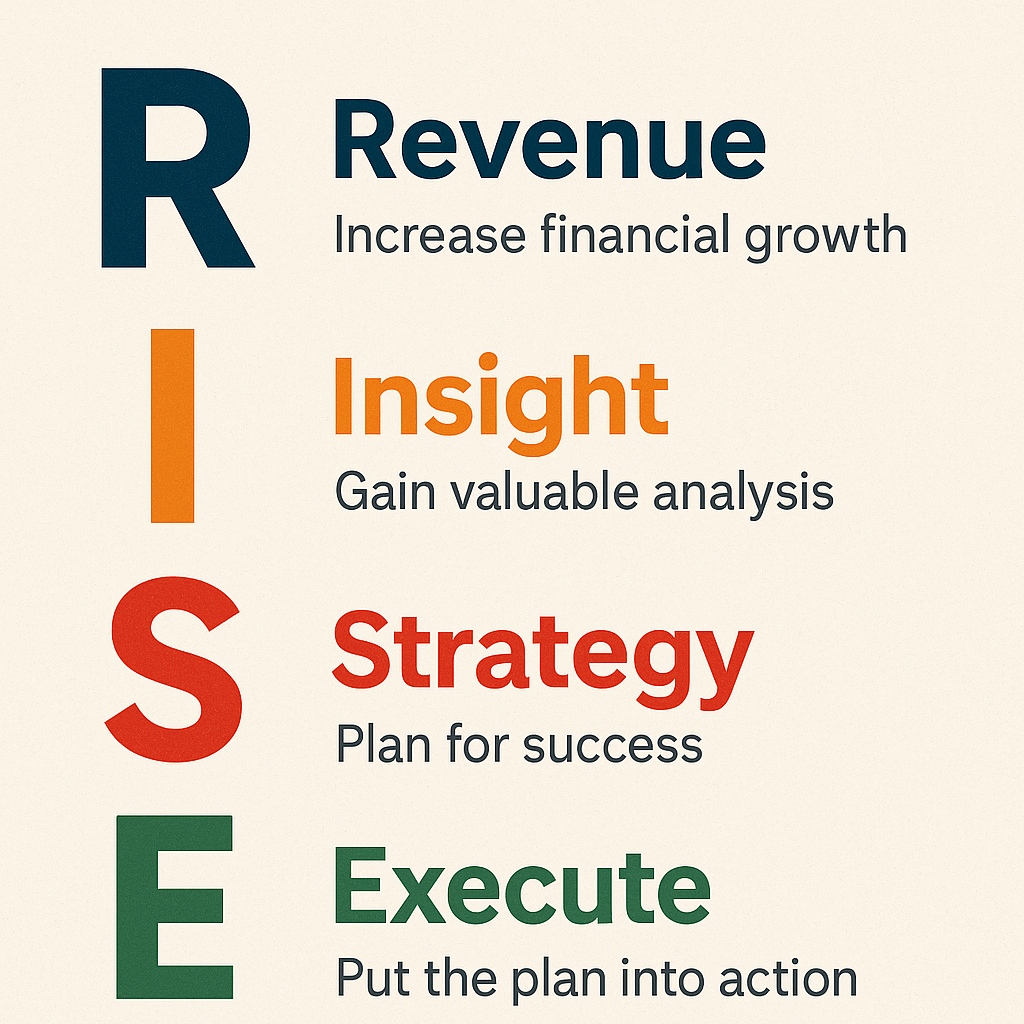Adoption of electronic health records (EHRs) is continuing apace as medical providers cope with a dizzying array of new regulations and demands from third party payers. Some healthcare providers have resisted implementing EHRs for fear of lower productivity, which they believe will lead to a reduced patient load and revenue.
When properly implemented and used by well-trained staff on workflows that have been defined and streamlined, however, EHRs should lead to greater efficiency. The right EHR solution allows practices to have ongoing visibility into efficiency, making it easier to identify stumbling blocks and adjust workflows accordingly. One practice was able to implement workflows that allowed documentation speed to improve by nearly 17%. Here are some ways you can use EHRs to improve your practice's efficiency.
1. Start with Sufficient EHR Training
Consider training to be part of the cost of EHR implementation and don't skimp on it. Whatever training resources your EHR vendor offers, you should use. Simply deploying an EHR won't teach your staff everything they need to know in order to see efficiency gains. Training takes time and will temporarily slow efficiency, but ultimately efficiency will pick back up and exceed what it was before.
Having your EHR training take place onsite will be a huge advantage to your staffs' long term success. With onsite training, a trainer can identify the processes, job duties, and responsibilities that currently exist and see where the EHR can eliminate duplicate or tedious tasks. When your vendor understands how you use your system and how each employee will be using it, they can provide relevant training and useful advice.
2. Define and Streamline Processes: Delegate Where Appropriate
Administrative tasks take up significant time in a busy medical practice, and streamlining processes can help. Staff should be cross-trained so that the various record and document handling tasks can be assumed by more than one person. You don't want to experience a significant slowdown because one staff member is out sick, and cross-training can prevent this. Learn which tasks can be handled without physician involvement and delegate them to non-physician staff.
When choosing an EHR software make sure you will have the ability to use the EHR for internal communication and task assignments. This capability will help your practice with routing communications correctly and saving time by streamlining the entire process.
3. Learn About EHR Templates, Triggers, and Shortcuts
Many practices have standardized treatment plans, so that they perform certain tasks over and over. When a practice selects, say, the top five situations they see and treat most, they can use their EHR software to build templates for documenting these visits more quickly. Creating "triggers" within the EHR software can also help physicians' productivity. For example, a finding that a patient has recovered fully could trigger a default set of statements that can be automatically entered into notes. Triggers can save tremendous amounts of time, but they shouldn't be overused because many third party payers balk at excessive "cloned notes" in documentation, potentially causing claims to be rejected.
4. Use EHRs to Run Back Office Processes More Efficiently
The right EHR system can improve your billing and claims submission accuracy, making billing faster and resulting in fewer rejected claims. Provider documentation can generate a list of codes for billing, eliminating the need for translating handwritten notes into billable services. Another way to streamline billing is to link diagnostic codes with current procedural technology (CPT) codes through your EHR system.
Submitting, tracking, and managing claims electronically rather than on paper speeds up the claims process, and EHR systems should allow you to keep better track of patient co-payments and other payments. You can also use your EHR system to search your patient base to quickly identify which patients are in arrears on payments.
Conclusion
Implementation of EHRs may temporarily slow productivity, but ultimately the result should be greater practice efficiency. Efficiency gains should be expected from both medical and non-medical staff with the right EHR solution. But practices can't enjoy these improvements if they don't take advantage of EHR training for all staff members and learn how to use all their EHR features. Training is absolutely essential for medical facilities to gain maximum benefits and return on investment from their EHR system.
cloud-based solution
Schedule an eClinicalWorks Demo
Set up a time for a customized demo with our eClinicalWorks experts to see how we can help you switch to eClinicalWorks with zero productivity or revenue disruptions.








